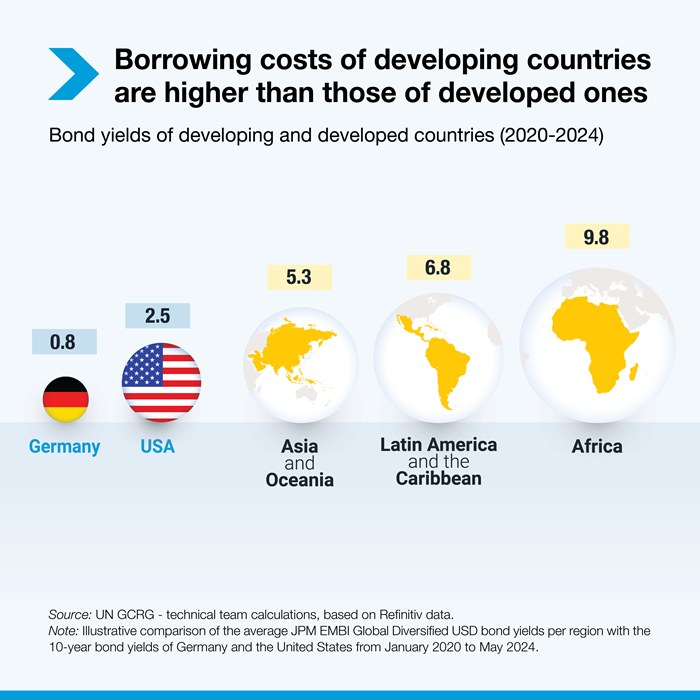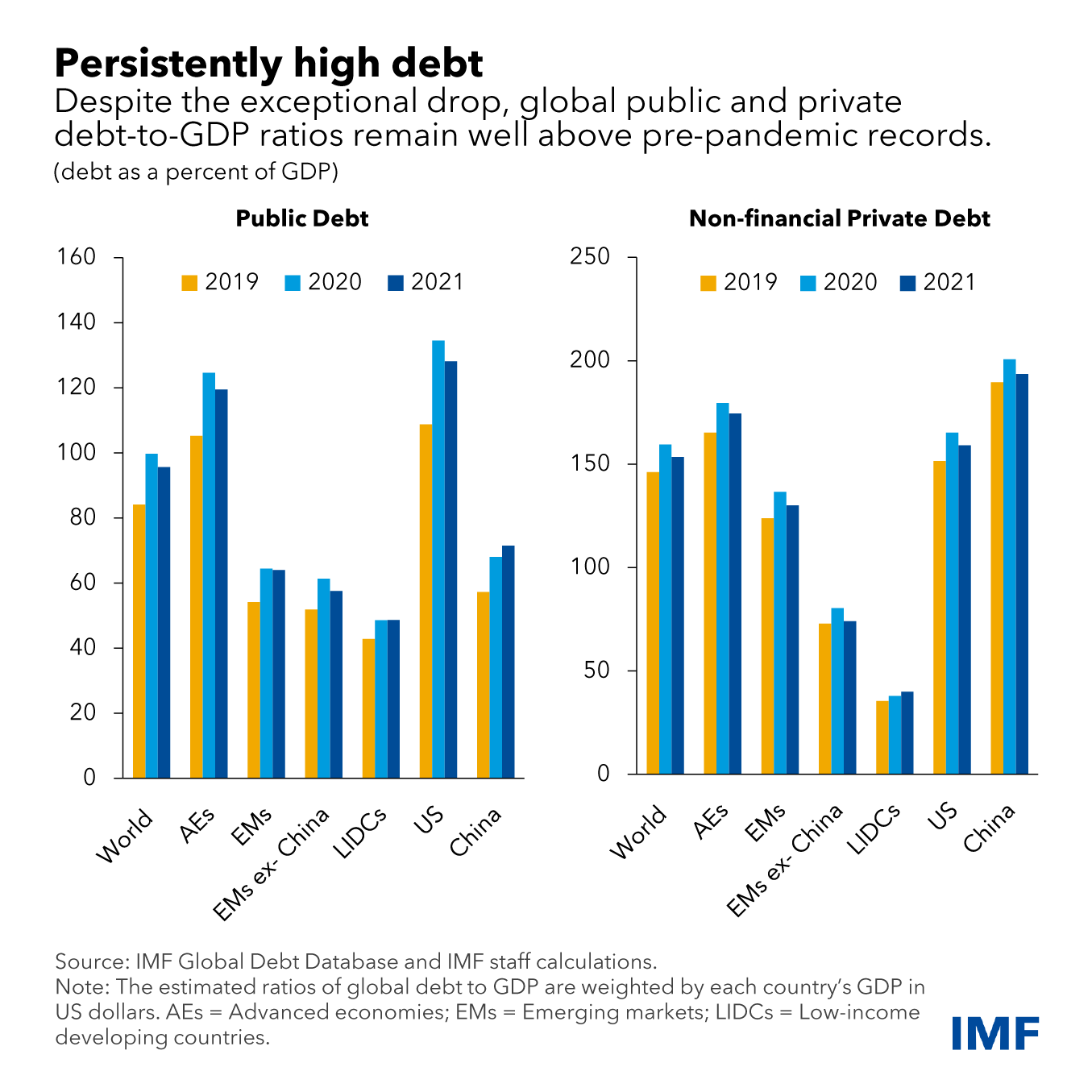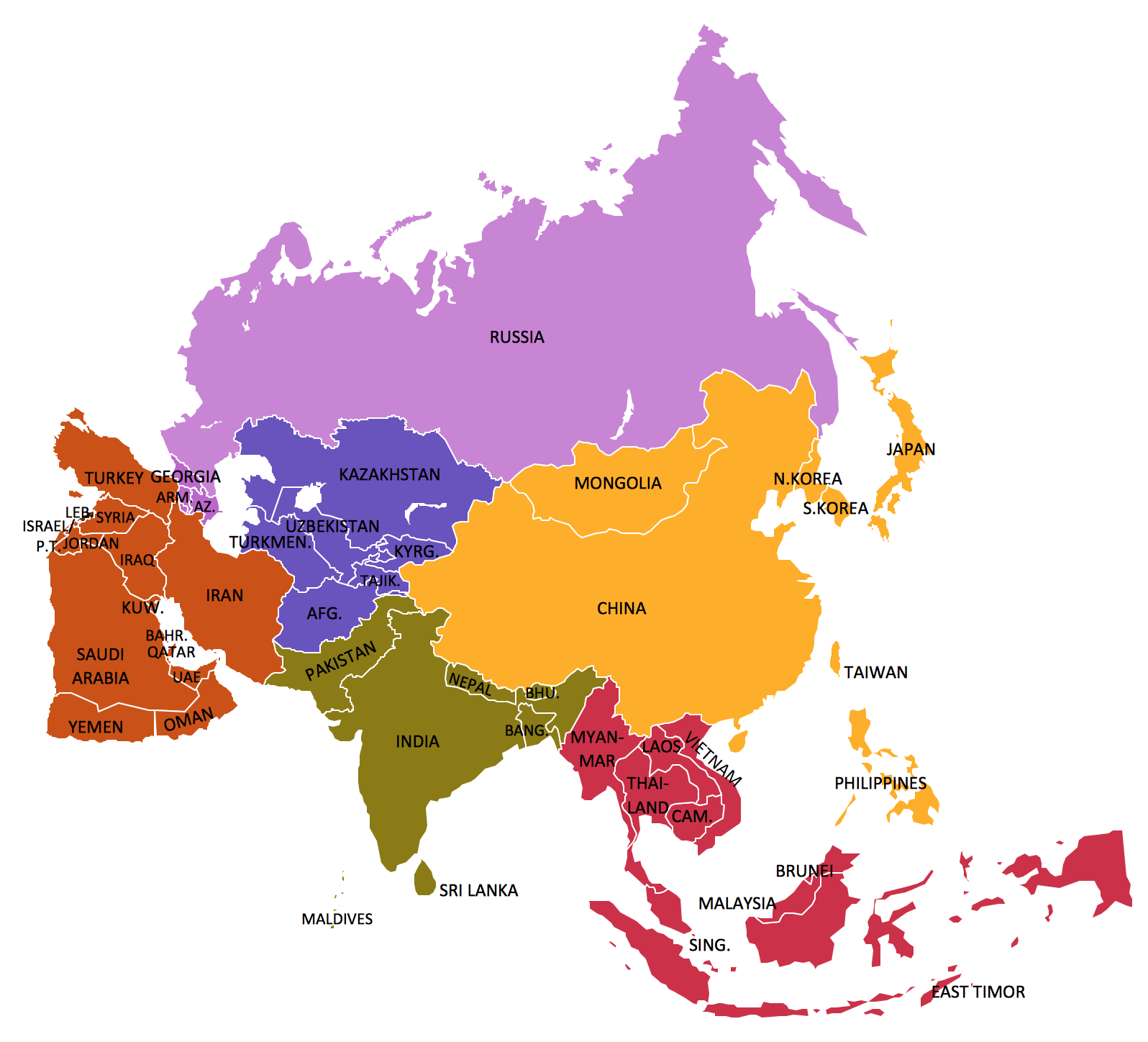Global debt at record high of $338 trillion and keep counting

Global debt hit a record high of $337.7 trillion at the end of the second quarter, driven by easing global financial conditions, a softer U.S. dollar and a more accommodative stance from major central banks, a quarterly report showed on Thursday.
The Institute of International Finance (IIF), a financial services trade group, said that global debt rose over $21 trillion in the first half of the year to $337.7 trillion.

China, France, the United States, Germany, Britain, and Japan recorded the largest increases in debt levels in U.S. dollar terms, though some of that was due to a waning dollar, the IIF found.
The U.S. currency has weakened 9.75% since the start of the year against a basket of major trading partners.

Global debt surge comparable to COVID-era increase
“The scale of this increase was comparable to the surge seen in H2 2020, when pandemic-related policy responses drove an unprecedented buildup in global debt,” the IIF said in its Global Debt Monitor.
Looking at debt-to-GDP ratios – an indicator of the ability to repay debt by comparing to what is being produced – Canada, China, Saudi Arabia and Poland saw the sharpest increases. The ratio declined in Ireland, Japan, and Norway, the report found.
Overall, the global debt-to-output ratio continued to move slowly lower, standing just above 324%. However, in emerging markets, the ratio hit 242.4% – a new record after a downward revision on the last report in May.
Total debt in emerging markets rose by $3.4 trillion in the second quarter to a record high of more than $109 trillion.
Emre Tiftik, IIF Sustainable Research Director, said in a webinar that rising military spending will strain government balance sheets amid intensifying geopolitical tensions.
Tiftik noted that the debt increase is mainly in government debt, which has risen sharply in G-7 countries and China.
He added that bond market reactions are harsher in advanced economies, with G-7 10-year yields near their highest since 2011.
Bond market pressures
Emerging markets face a record high of nearly $3.2 trillion in bond and loan redemptions in the remainder of 2025, the IIF said.
It warned that fiscal strains could intensify in countries such as Japan, Germany, and France, urging caution over so-called “bond vigilantes” –referring to investors who sell off bonds of countries whose finances they deem unsustainable.
“While government debt ratios rose sharply across emerging markets in H1 – most notably in Chile and China – market reaction has been stronger in mature markets this year,” the IIF said.
The report flagged U.S. debt concerns, noting that short-term borrowing makes up about 20% of total debt and 80% of Treasury issuance.
It warned that this reliance could increase political pressure on central banks to keep rates low, risking monetary policy independence.
- Previous Deal or no deal – that is a question of survival for South Korea: Seould admits – it cannot pay $350B to US for tariff deal
- Next China inaugurates world’s highest bridge in Guizhou

















